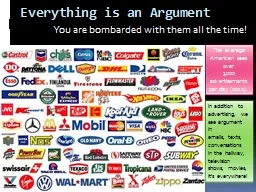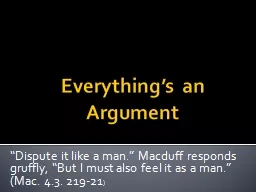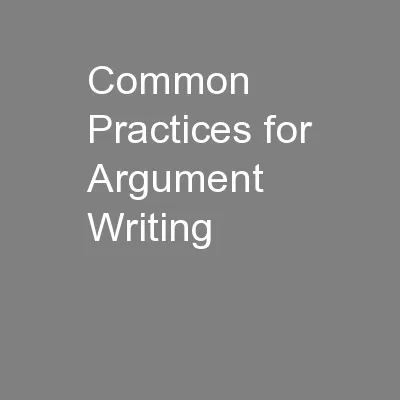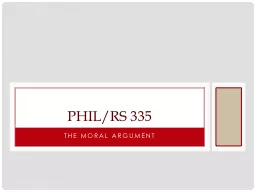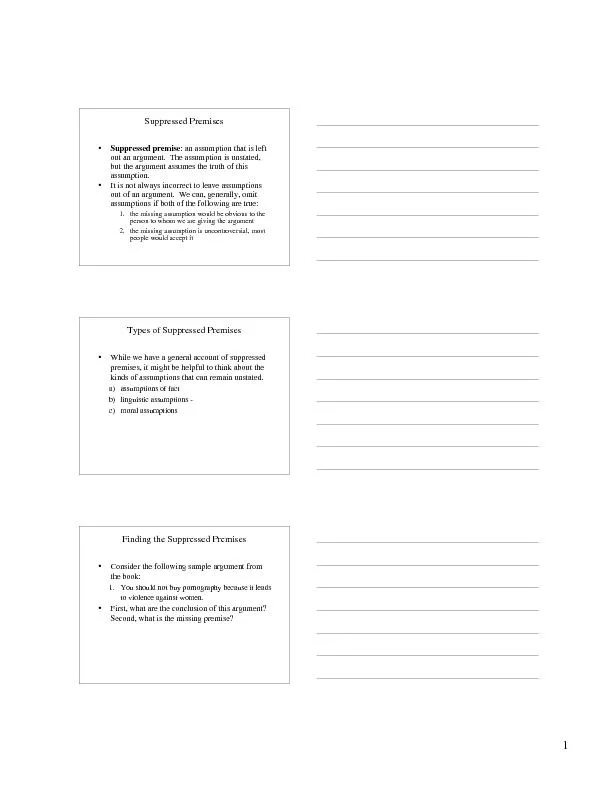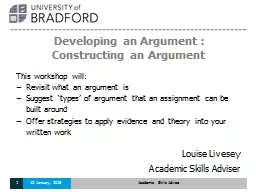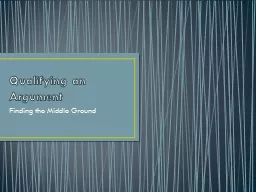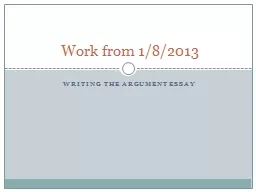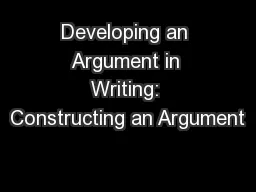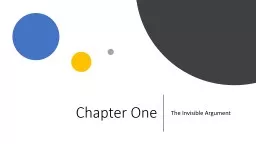PPT-Everything is an Argument
Author : lindy-dunigan | Published Date : 2017-07-09
You are bombarded with them all the time The average American sees over 3000 advertisements per day 2012 In addition to advertising we see argument in e mails texts
Presentation Embed Code
Download Presentation
Download Presentation The PPT/PDF document "Everything is an Argument" is the property of its rightful owner. Permission is granted to download and print the materials on this website for personal, non-commercial use only, and to display it on your personal computer provided you do not modify the materials and that you retain all copyright notices contained in the materials. By downloading content from our website, you accept the terms of this agreement.
Everything is an Argument: Transcript
Download Rules Of Document
"Everything is an Argument"The content belongs to its owner. You may download and print it for personal use, without modification, and keep all copyright notices. By downloading, you agree to these terms.
Related Documents

